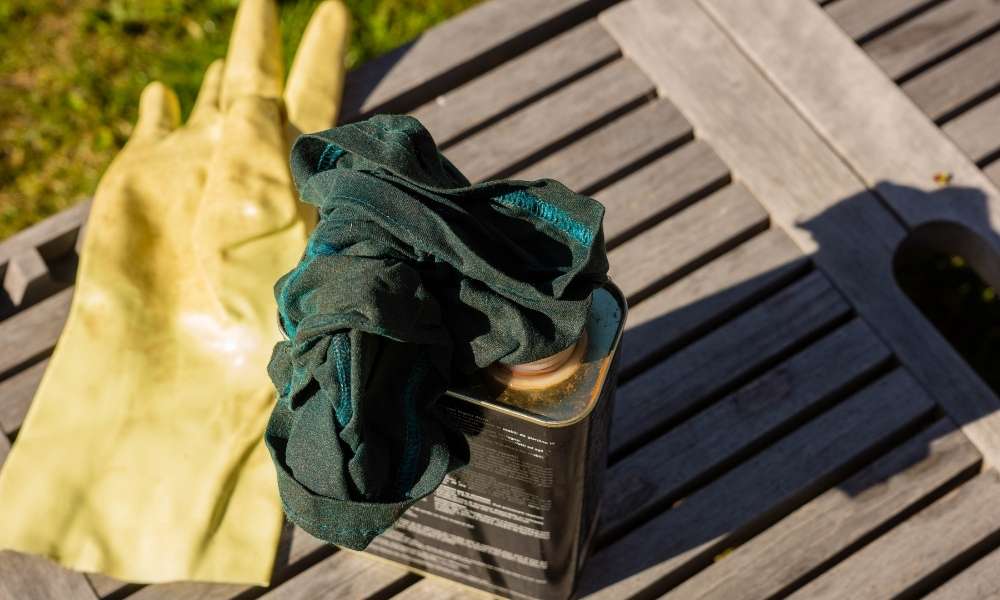Treating wood for outdoor use is important to prevent it from falling harmfully into the wrong hands and making a mess. No one wants dirt, leaves, or other unwanted materials falling onto their patio or driveway. Treating wood for outdoor use to prevent it from doing so can help minimize this problem as well as make your outdoor patio or drive safer. Wood should be treated with an outside-only coating if it is to be used outdoors. You can read more about treating wood for outdoor use in our article about what are the different treatment options available on the Environmental Protection Agency website here. In this article, we inform you how to treat untreated wood for outdoor use.
Ways to Treat Without Treatment Timber for Outdoor Usage
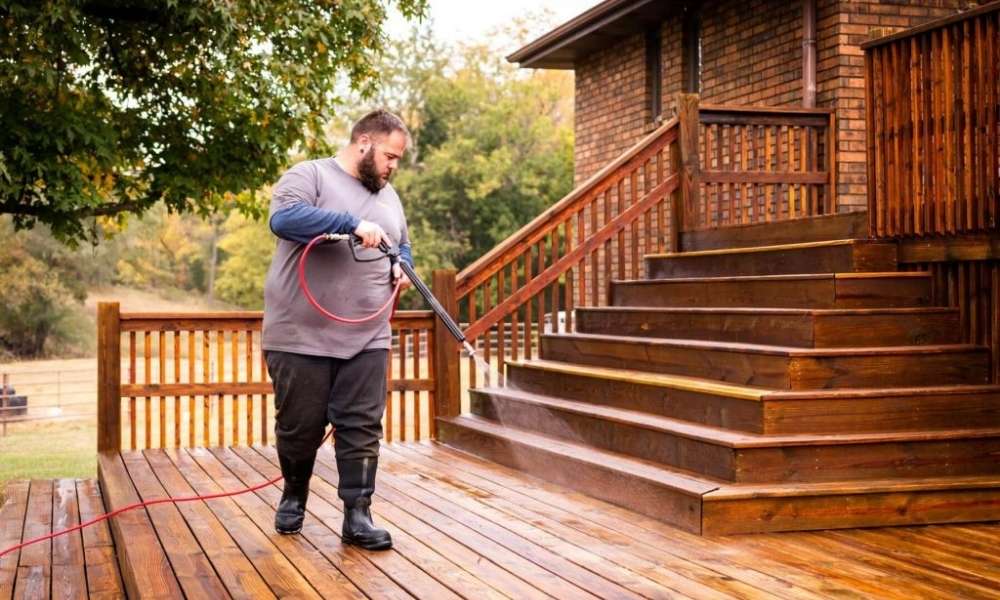
Treating wood for outdoor use is done in order to prevent it from falling harmfully into the wrong hands and making a mess. Treating wood for outdoor use to prevent it from doing so can help minimize this problem as well as make your outdoor patio or drive safer. You can treat timber outdoors using different methods on the Environmental Protection Agency website. One option is to use an outside-only coating if it is to be used outdoors. This will help to minimize the harmful elements that can fall from the sky and cause problems for your property. You can also use pictures in your ad campaigns on Facebook to target potential customers specifically.
Dealing with Wood with Wood Sealant
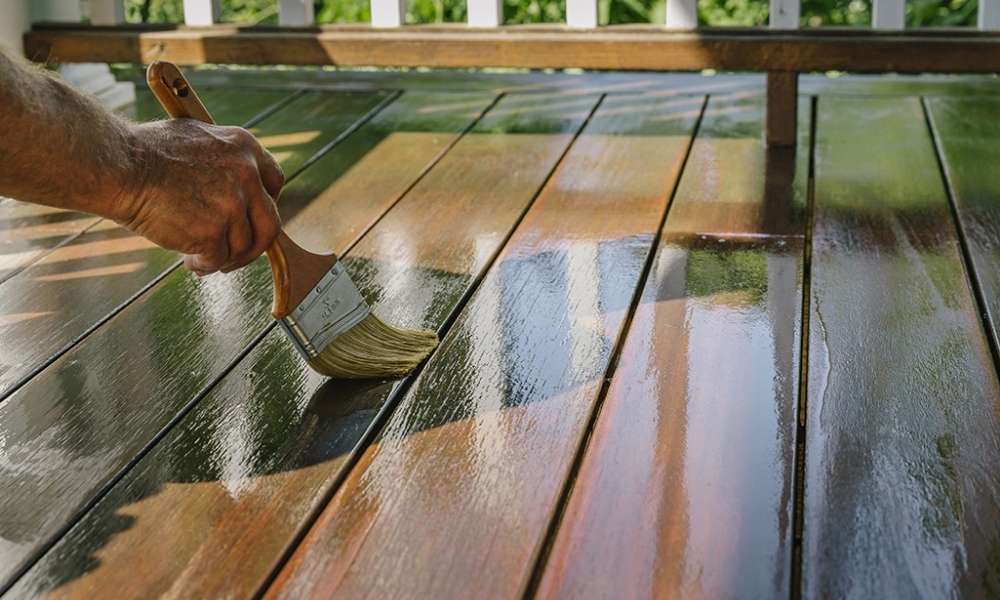
Treating wood for outdoor use is important to prevent it from falling harmfully into the wrong hands and making a mess. No one wants dirt, leaves, or other unwanted materials falling onto their patio or driveway. Treatment with wood sealant is often used to avoid getting the wood sealant because. It is often used on top of another sealant, which can lead to build-up and may not be depth-able for the required depth.
Treating Timber with Hand-Rubbed Oil End Up

Hand-rubbed oil is a type of oil that has been used for centuries to protect the wood from harm. It is a non-toxic and non-corrosive substance added to the wood to make it harder, stronger, and earlier in spoilage. The good thing about hand-rubbed oil is that it does not corrode or tarnish over time. The bad thing about hand-rubbed oil is that it is relatively expensive.
Treating Timber with Split Paint
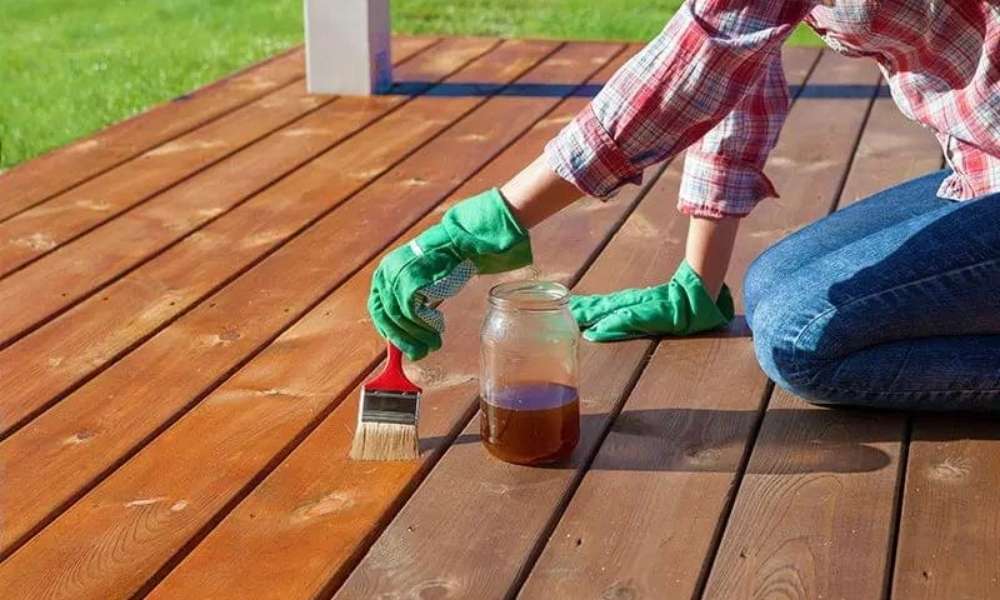
If you are treating wood for outdoor use, it’s important to follow the paint thinning method. This will help to avoid the build-up of paint on the surface layer which will then continue to corrode over time. You can read more about the split paint thinning method in our article from the Environmental Protection Agency.
Treating Wood with Sealer or Stain
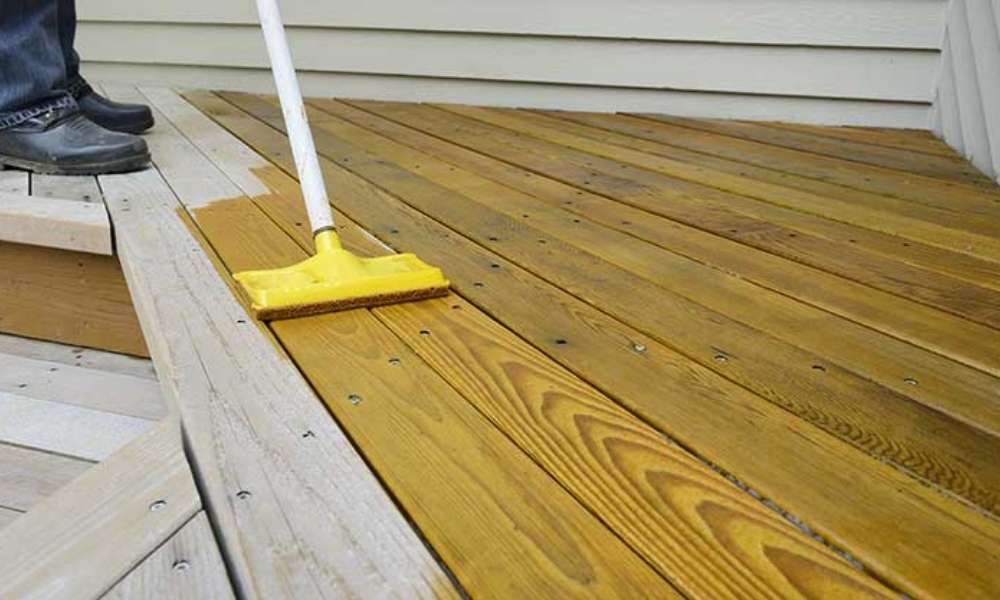
If you are going to treat wood for outdoor use, you need to treat it with a sealer or stain. Sealer is a product that is used to make the wood look smooth and without dirt, leaves, and other undesired materials. Staining is a product that is used to make the wood look dirty and with the correct amounts of material. The two main types of stains are sealer and stain. Sealer: When using a sealer, the wood is coated with a product that makes it look smooth.
Treating Timber with Epoxy

Epoxy can help minimize the problem of dirt, leaves, and other unwanted materials falling onto your outdoor patio or drive. You can use it to treat wood for outdoor use to prevent it from doing so. The main benefit of treating wood. Epoxy is that it helps minimize the problem of dirt, leaves, and other unwanted materials. Falling onto your outdoor patio or drive. For example, Epoxy can help reduce the problem of dirt, leaves, and other unwanted materials. Falling onto your outdoor patio or drive-by prevents it from becoming dirty. The epoxy invisible film that covers the surface of the wood prevents It from Fallibly working during weather conditions. Where it would be present.
Final thought
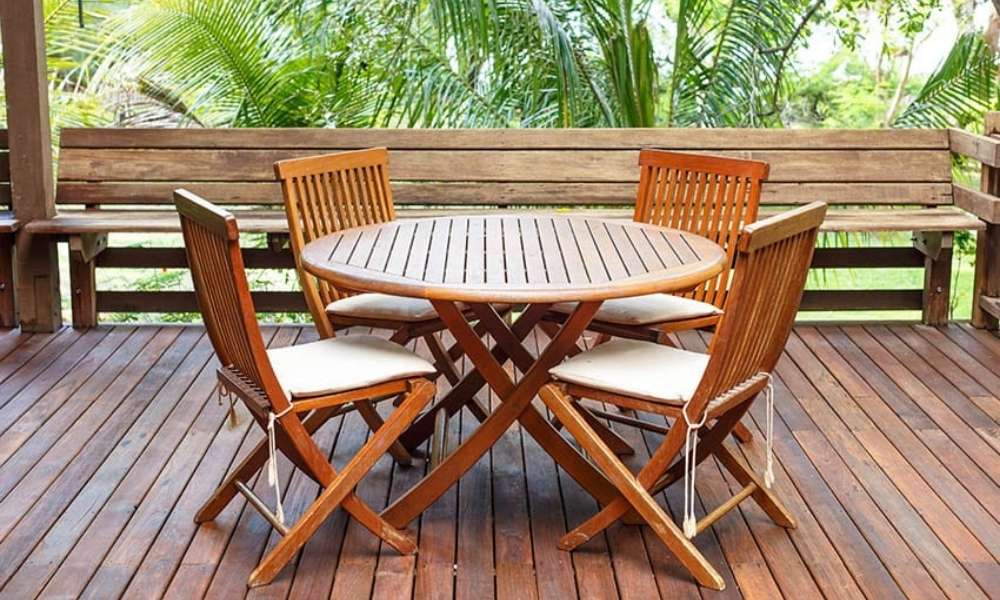
The best way to protect your outdoor patio or driveway from falling into the wrong hands is to treat it with an outside-only coating.
